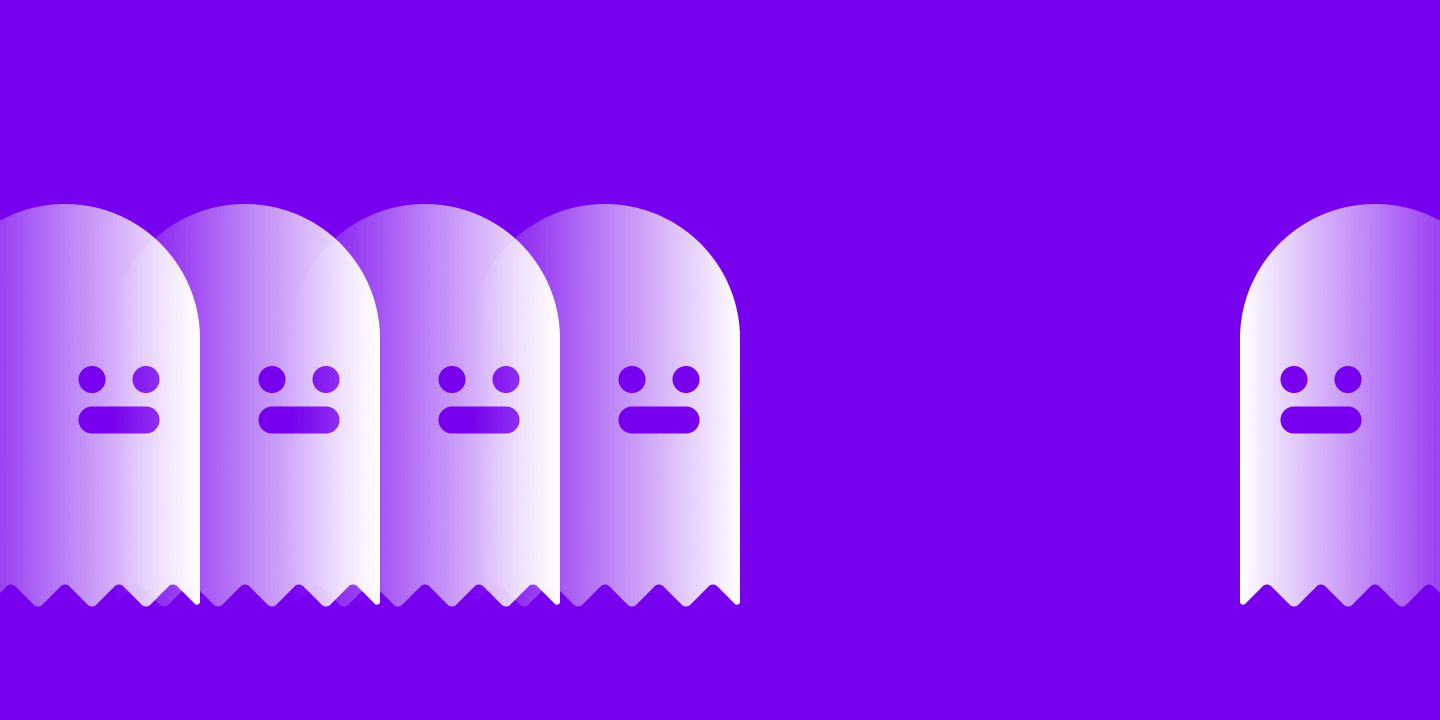Course · Part 1 · Assignment 6
Intro
Embrace Imposter Syndrome
KeyThree
The key points from this assignment.
- Imposter syndrome is a mixture of feelings, including fear, inadequacy, ambivalence, and insecurity
- Don’t think of these feelings as “bad” — they are normal
- Embracing imposter syndrome can lead you to your best work

Image credit: Baseline Team
What is imposter syndrome?
“Dare to be naive.”
—R. Buckminster Fuller, architect and designer
Starting to learn design is both exciting and intimidating.
You’re probably excited to take the plunge into a new subject, to begin another learning journey, and to start creating your own work. You might even have spent time daydreaming about what life as a professional designer will be like.
However, you’re probably experiencing some or all of these feelings, too:
- Fear about what lies ahead in this course, not to mention your first job, and the career that will follow
- Inadequacy — feeling that you’re not going to be good enough, or that you won’t be able to move from your current level of skill to a level that will allow you to get a job as a designer
- Ambivalence about leaving behind your previous education and career, and the progress you’d built up
- Insecurity about the amount of work you’re going to have to do to get good at design and build your portfolio
Amongst other feelings, these emotions — fear, inadequacy, ambivalence, and insecurity — make up something that creative professionals often call “imposter syndrome”.
Reframing imposter syndrome

Image credit: Baseline Team
First, and before going any further, it’s important to say that all of those feelings are normal.
Fear, in particular, can be a very lonely emotion, but pretty much everyone who has ever begun learning something new — especially with the intention of switching careers — has felt just the same as you do now.
Many of those people became successful professional designers. Some of them even became industry greats, whose work is now written about in design books and celebrated in museums.
Second, we can’t take any of those feelings away — they will probably come and go throughout the course. You might find that, even when you get to the end and you have a portfolio full of all the amazing work you’ve completed, you still feel kind of the same.
Gaining creative confidence is a lifelong process, and we’re not going to make you any false promises. You might even find that feelings of fear and insecurity are with you throughout your career.
The good news? It doesn’t matter — because you can adopt an alternative perspective that helps reframe those emotions as creative rocket fuel.
Imposter syndrome is good

David Suchet as Hercule Poirot in “The Big Four”. Image credit: ITV Studios
In one of Agatha Christie’s novels about Hercule Poirot — the fictional Belgian private detective — Poirot remarks of a particularly insufferable medic: “A doctor who lacks doubt is not a doctor. He’s an executioner.” We could say the same about designers.
While self-doubt isn’t fun to experience, it is essential to creative work.
Why? Because designers who are in the habit of questioning their assumptions — and even their ability to do the work and find the right solution — are likely to take a much more thorough, considered, and collaborative approach to their projects. And these are, of course, the ingredients of success.
At the other extreme, designers who are very confident and self-assured may be more likely to assume that all their ideas are great, that they don’t need input from others, and that getting feedback is going to corrupt their unique creative vision. These assumptions are a recipe for low-quality work, driven by personal taste rather than problem-solving.
So, embrace imposter syndrome
The problem with imposter syndrome isn’t actually the feeling-like-an-imposter part. It’s that the feeling makes us want to avoid doing the work, because we fear getting it wrong, or being “found out”. Unmanaged imposter syndrome can even make people give up on a creative career entirely.
The answer isn’t to try and get rid of your feelings of fear, inadequacy, insecurity, and so on. Instead, both during this course, and in your professional design career if you choose to pursue one, embrace feeling like an imposter.
Interpret those normal feelings as a prompt to persevere. Remember the benefits of imposter syndrome in the moments during this course — and during your career — when you’re feeling particularly down on yourself, or like you’re not good enough.
And when you’re feeling stuck, refer back to the principles, processes, and techniques covered in this course, and use them to generate ideas, collaborate with others, and keep making progress.
In conclusion...
Imposter syndrome can be a particular challenge when you’re learning independently. So in the next assignment, let’s learn about some great, self-taught, designers!